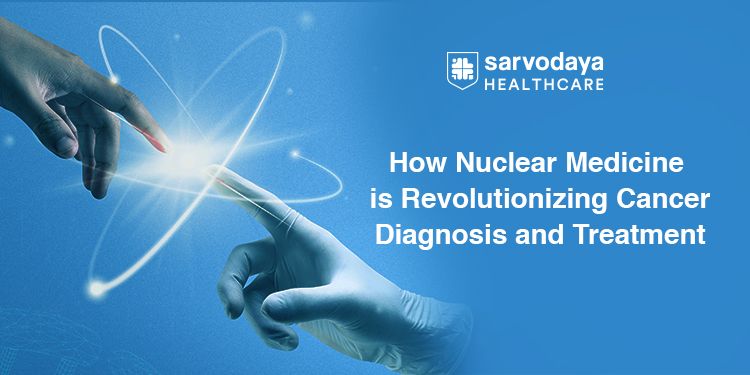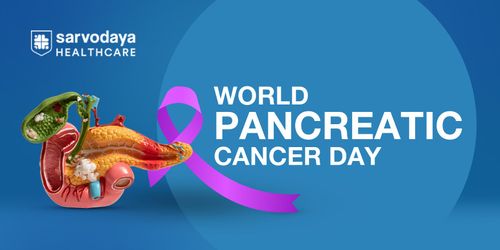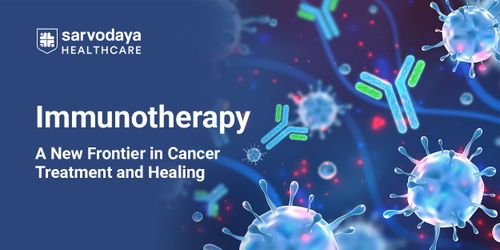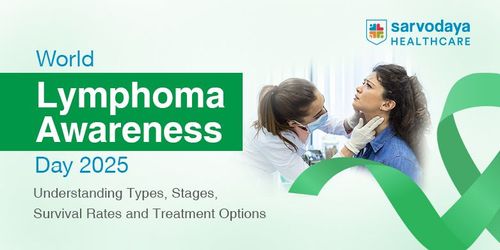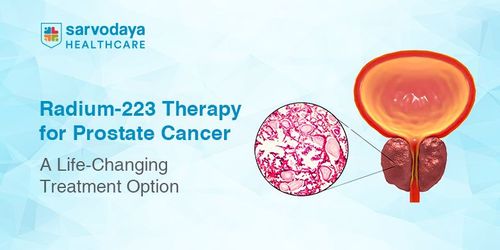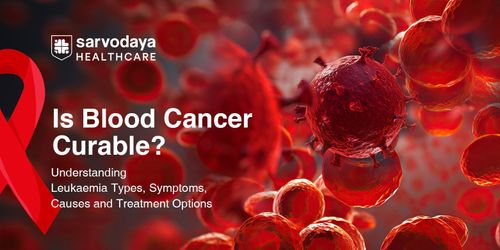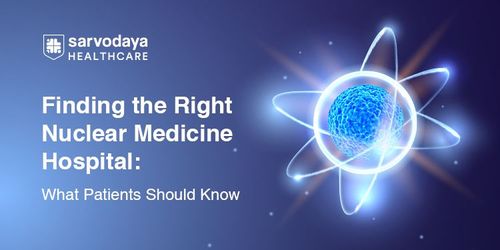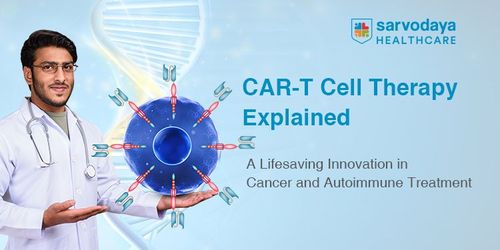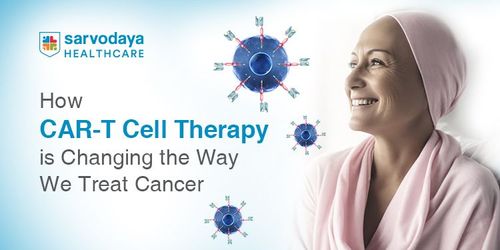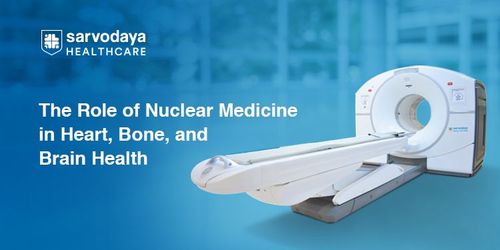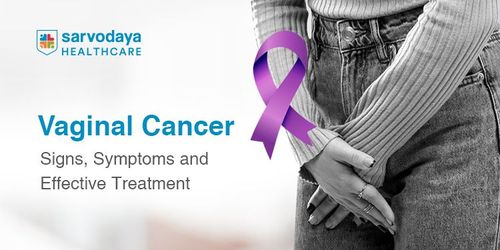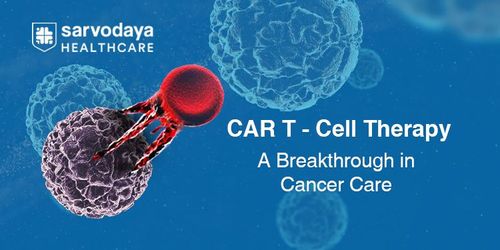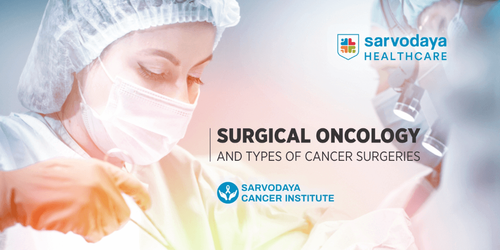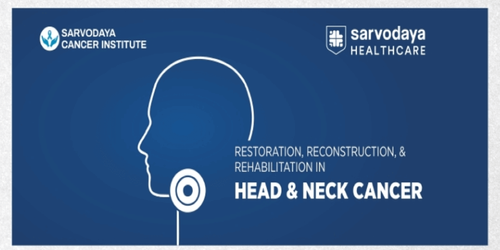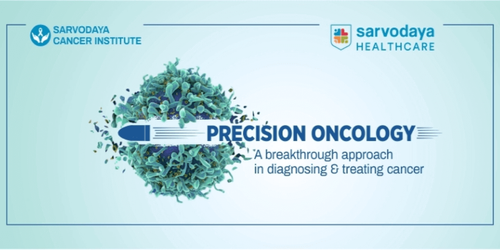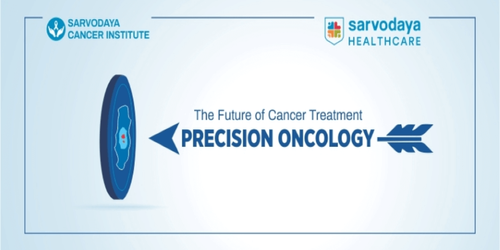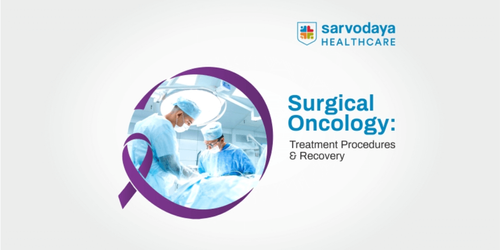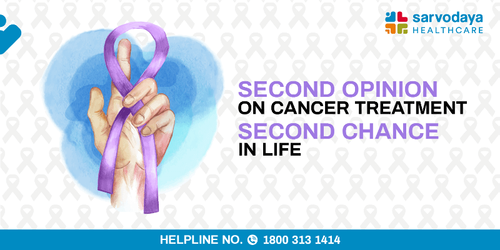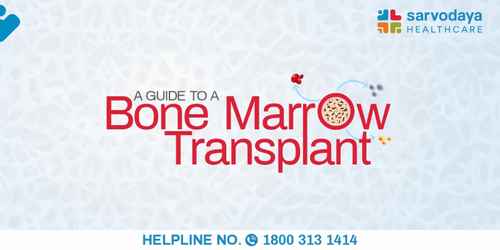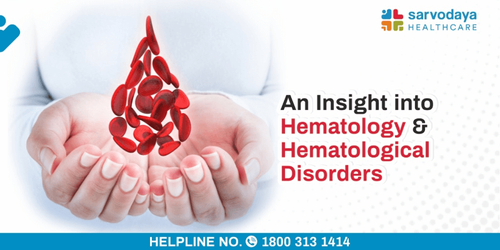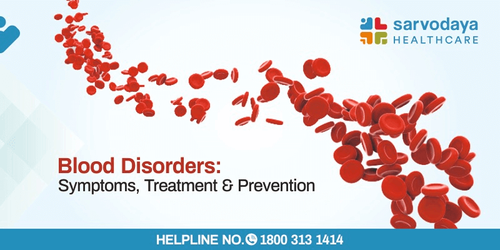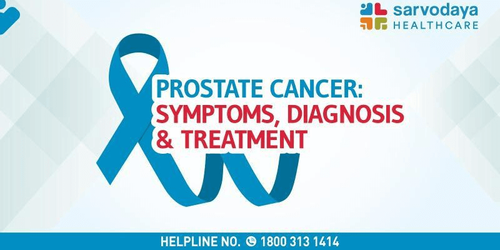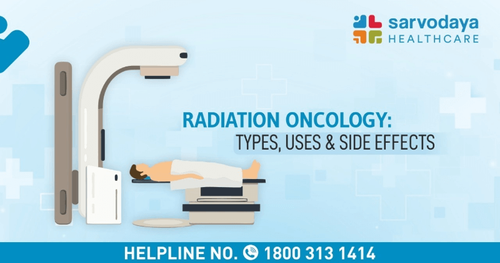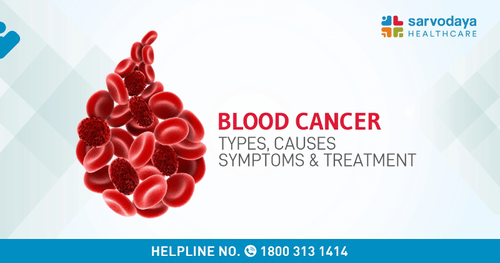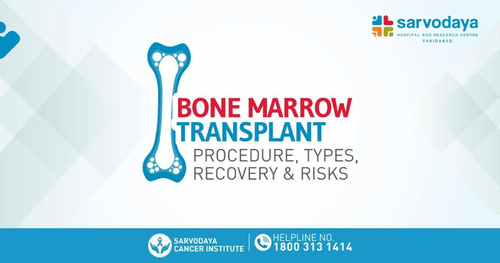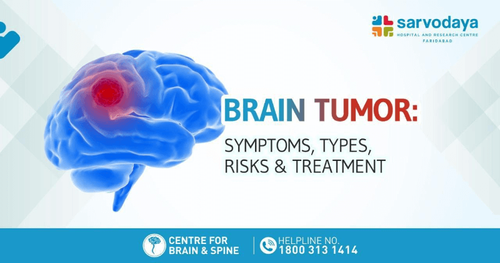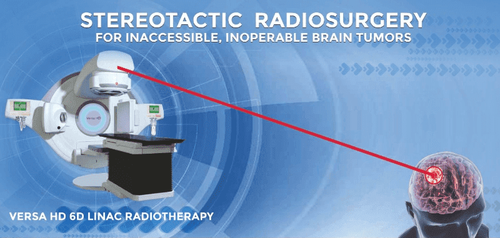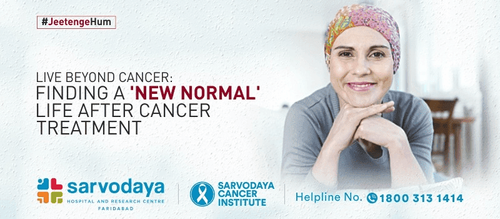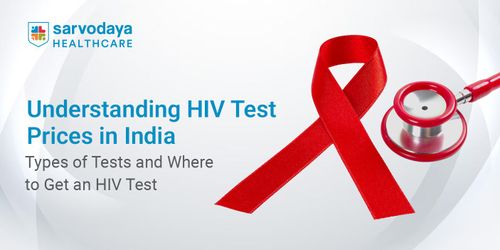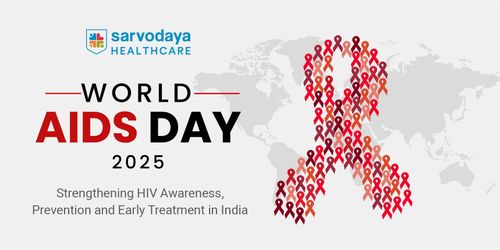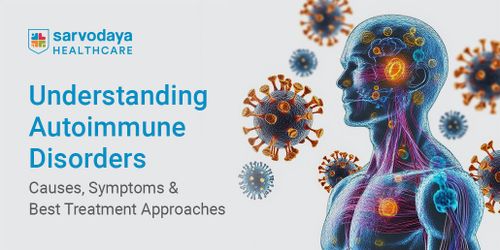In this blog, we will explore what is nuclear medicine, how it works, the different types available, what conditions it is used for, and how it’s making cancer care more effective and personalised. We’ll also look at specific cancers where nuclear medicine treatment is proving to be a powerful tool for recovery.
What is Nuclear Medicine?
Nuclear medicine makes use of radioactive substances called radiotracers for diagnostic and treatment purposes. It is a specialised medical branch, primarily used for imaging and therapy. The core principle of nuclear medicine treatment is to see the function of organs and tissues in real-time, rather than just their structure.A nuclear medicine doctor is trained to interpret these images and also deliver targeted therapy using radioactive substances. These specialists play a crucial role in cancer care by recommending the right procedure and monitoring the patient’s response to nuclear therapy for cancer. In India, the demand for nuclear medicine treatment is growing rapidly, especially in advanced hospitals that offer integrated cancer care.
Types of Nuclear Medicine
Before diving into the categories, it's important to note that each type is selected by a nuclear medicine doctor depending on the patient's diagnosis, stage of disease, and overall health condition. Here are the major types of nuclear medicine used today:- PET (Positron Emission Tomography) Scans: These are among the most advanced tools for detecting cancerous activity at the cellular level, often before structural changes appear.
- SPECT (Single Photon Emission Computed Tomography): This method captures 3D images and is widely used in heart, brain, and bone imaging.
- Gamma Camera Imaging: A staple for diagnostic scans of the thyroid, bones, and kidneys.
- Radionuclide Therapy: This is a form of nuclear medicine treatment where radioactive isotopes are used to treat cancer directly, minimising damage to surrounding healthy tissue.
What is Nuclear Medicine Used For?
Many people ask, "What is nuclear medicine used for?" The answer lies in its unique ability to visualise functional processes in the body and treat conditions at a cellular level. This makes it especially effective in oncology, cardiology, endocrinology, and neurology.Here’s how nuclear medicine is applied in both diagnosis and therapy:
Diagnostic Applications:
- Cancer Detection: PET scans help identify tumours in the early stages and detect recurrences.
- Bone Scans: Used to detect metastases, fractures, or infections.
- Heart Scans: Assess blood flow and identify areas of reduced heart function.
Therapeutic Applications:
- It is used for cancer involving destroying malignant cells by targeting them with radiation.
- Nuclear medicine treatment for thyroid disorders, especially hyperthyroidism and thyroid cancer, is a standard non-surgical approach.
- It is also used for neuroendocrine tumours and uses radioactive compounds like Lutetium-177 to attack tumour cells selectively.
- Nuclear therapy for thyroid cancer is an effective and well-established treatment that often follows surgery.
- It’s also being explored for nuclear medicine treatment for breast cancer and treatment for pancreatic cancer, where traditional treatments may be less effective.
How are Nuclear Medicine Scans Done?
Fortunately, these procedures are generally painless and non-invasive, offering detailed insights into the body’s internal functions with minimal discomfort.Here’s a simple overview of how nuclear medicine scans are done:
- Administration of Radiotracer: A small amount of radioactive material - called a radiotracer - is introduced into the body, usually through an intravenous injection. Administration of this substance may have to be done through swallowing or inhalation depending on the type of scan and the organ being studied.
- Waiting Period: Once administered, the radiotracer travels through the body and accumulates in the target area. It may take anywhere from a few minutes or even several hours for it to be distributed as required. The patient is often asked to rest during this period.
- Imaging: Using a special gamma camera or a PET/SPECT scanner, images are captured that show how the radiotracer behaves in the body. These images provide crucial functional information that helps the nuclear medicine doctor make a precise diagnosis.
- Analysis and Report: The images are interpreted by a trained nuclear medicine doctor, who identifies abnormalities, tumour activity, or organ dysfunction. The results are then shared with the referring physician to plan further steps, including possible nuclear medicine treatment.
Benefits and Risks Associated with Nuclear Medicine
Like all medical procedures, nuclear medicine comes with its own set of advantages and potential risks. Understanding both can help patients make informed decisions and reduce anxiety about undergoing such tests or therapies.Benefits:
- Highly Accurate Diagnosis: Because it shows how tissues and organs are functioning, it can reveal problems before structural changes occur.
- Minimally Invasive: No surgical procedures are required, and the patient usually resumes normal activities shortly after the scan.
- Targeted Therapy: Nuclear medicine treatment delivers radiation directly to cancerous cells, minimising damage to healthy tissues.
- Personalised Care: Enables doctors to tailor nuclear therapy for cancer based on how a tumour behaves at a molecular level.
Risks:
- Radiation Exposure: Although the dose is typically low and considered safe, it may not be recommended for pregnant women or breastfeeding mothers.
- Allergic Reactions: Rare, but some people may experience minor allergic reactions to the radiotracer.
- Delayed Imaging Times: Some scans may require long waiting periods or multiple visits.
Conclusion
Understanding what is nuclear medicine, how it works, and what it can do empowers patients to explore advanced and effective options, especially when traditional treatments fall short.
If you or your loved one is exploring nuclear medicine treatment, choosing the right facility is crucial. A nuclear medicine treatment hospital in Faridabad Delhi NCR offers cutting-edge diagnostic and therapeutic services under the guidance of experienced specialists. If you're searching for the best cancer doctors in Faridabad, Sarvodaya brings together advanced technology and compassionate care to offer personalised treatment plans. Preventive consultations, timely PET scans at the best PET CT scan centre in Faridabad Delhi NCR, and tailored treatment approaches can make a vital difference in early detection and improved outcomes.
If you're navigating a cancer diagnosis, speak to a nuclear medicine doctor today and learn if this innovative approach is right for your care journey.


